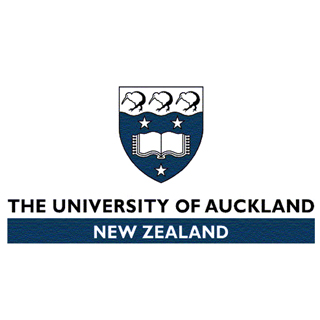
Under development by Novartis, who approved the drug from Antisoma, ASA404 (vadimezan) seems to have an exclusive instrument of act against a tumor’s blood supply. Study authors have supposedly known for quite some time that choking off this blood supply via a procedure known as anti-angiogenesis is said to be one method in decelerating tumor development. Bevacizumab, promoted as Avastin by Genentech is claimed to be one of the several angiogenesis inhibitors and appears to have a chief influence on patient care.
Lead study author Mark McKeage, Ph.D., an associate professor in clinical pharmacology at the University of Auckland, commented, “Bevacizumab, however, predominantly interferes with the formation of new blood vessels. ASA404 has been shown to cause selective disruption of the established tumor vasculature, inhibition of tumor blood flow and tumor necrosis.â€
This exclusive means of action may offer an alternative for patients suffering from either squamous or non-squamous NSCLC. Treatment choices for patients with advanced stage NSCLC are claimed to be few, predominantly for those with squamous histology where some treatments display restricted effectiveness or crucial side effects.
McKeage mentioned, “Standard chemotherapy is currently the mainstay of treatment for patients with squamous NSCLC. New targeted therapies and chemotherapies have been evaluated, but many show little promise as first-line treatments in patients with this type of cancer.â€
McKeage and colleagues assessed around 108 patients suffering from stage IIIb/IV NSCLC. Patients were supposedly given six cycles of paclitaxel and carboplatin alone or the therapy cycles with ASA404. The study authors then pitted against each other, the results by histology i.e. squamous vs. non-squamous and the outcomes by treatment chemotherapy plus ASA404 vs. chemotherapy alone.
The by and large survival rate seemed to be much more in patients treated with ASA404. In patients with squamous histology, survival appeared to be 10.2 months as opposed to 5.5 months amid those treated with chemotherapy alone. In patients with non-squamous histology, survival rate was apparently 14.9 months against the 11 months among treated with chemotherapy alone.
The addition of ASA404 apparently did not seem to augment toxicity, and there appeared to have been no grave unfavorable proceedings linked to bleeding, pulmonary hemorrhage or hemoptysis. Rates of grade 3 or 4 anemia were apparently not dissimilar, nor were the rates of thrombocytopenia or neutropenia.
The study was presented at the AACR-IASLC Joint Conference on Molecular Origins of Lung Cancer.
